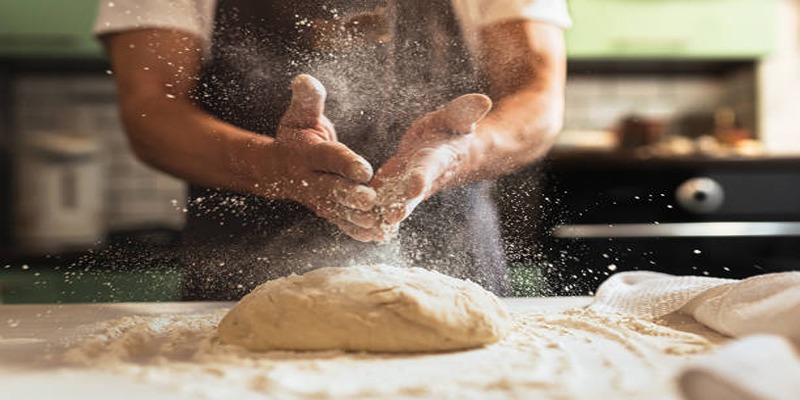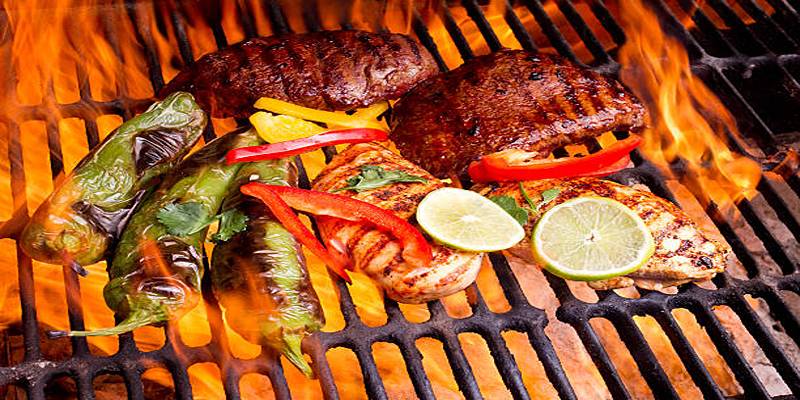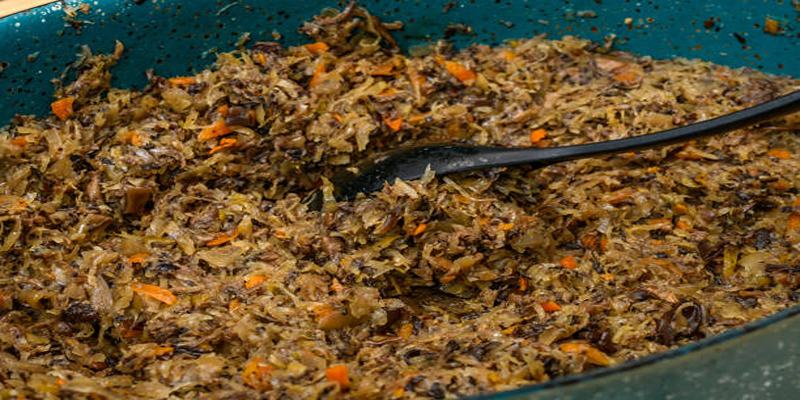When it comes to preparing delicious meals, the method of cooking can significantly impact the healthiness of the dish. Two popular cooking techniques, baking and frying, each have their own set of advantages and disadvantages in terms of health implications and nutritional value. Baking is a method that typically uses dry heat in an oven, often requiring little to no added fat, making it a go-to option for health-conscious individuals. Frying, on the other hand, involves cooking food in hot oil, which can enhance flavor but also increase calorie content and unhealthy fat intake. Understanding the health effects of these cooking methods can help individuals make more informed choices in their culinary practices, ultimately contributing to a healthier lifestyle.
Nutritional Differences
The fundamental difference between baking and frying is the way food is cooked. Baking utilizes convection (hot air) heat to cook food, while frying involves submerging food in hot oil. The primary advantage of baking is that it typically requires little added fat or oil, making it a healthier option for those looking to cut down on their fat intake. On the other hand, when foods are deep-fried, they absorb large amounts of oil, resulting in increased calorie and fat content. This can be problematic for individuals trying to maintain a healthy weight or manage conditions such as high blood pressure or heart disease.
Effects on Nutrient Content

In addition to the differences in fat content, baking and frying can also impact the nutrient content of foods. Baking tends to preserve more nutrients due to the shorter cooking time and lower temperatures. On the other hand, high-heat frying can lead to a significant loss of water-soluble vitamins such as vitamin C and B vitamins. When oil is heated beyond its smoke point (the temperature at which it starts to break down), it can also produce harmful compounds that may pose health risks.
Health Implications
The health implications of baking and frying largely depend on the types of food being cooked and the frequency of consumption. Baked foods, such as vegetables, whole grains, and lean proteins, can be a nutritious addition to a balanced diet. On the other hand, fried foods, especially those high in unhealthy fats (such as trans fats), cholesterol, and sodium, should be consumed in moderation due to their potential negative effects on heart health. It's also worth noting that frequent intake of fried foods has been linked to an increased risk of obesity and chronic diseases such as type 2 diabetes.
Healthier Alternatives
For individuals looking to reduce their fat intake or improve the nutritional value of their meals, there are several healthier alternatives to frying. Steaming, grilling, and roasting are all methods that can help retain nutrients and reduce added fat while still creating delicious meals. Additionally, choosing healthier cooking oils such as olive oil or avocado oil over highly processed oils (such as vegetable or canola oil) can also positively impact the healthfulness of a dish.
Cooking Techniques and Flavor
One common argument for frying is that it can enhance the flavor and texture of certain foods, making them more appealing to the palate. This is often due to the Maillard reaction, a chemical process that occurs when high heat interacts with protein-rich foods, resulting in a desirable browning effect and enhanced flavor. However, with proper seasoning and cooking techniques (such as broiling or using a panini press), baked foods can also achieve delicious flavors and textures without the added fat.
Balancing Taste and Health
Ultimately, the decision between baking and frying comes down to personal preference and balance. While fried foods may be more indulgent and satisfying, they should not be consumed excessively due to their potential negative effects on health. Baked foods may require a little more creativity and experimentation in the kitchen to achieve desired flavors, but with the right techniques and ingredients, they can also offer delicious and nutritious options.
Techniques for healthier frying and baking
To reduce the negative health effects of frying, it's essential to choose healthier oils with higher smoke points (such as peanut or coconut oil) instead of highly processed ones. It's also important to blot excess oil from fried foods before eating to decrease caloric intake. For a healthier twist on traditional frying, consider using an air fryer that uses hot air instead of oil to create crispy results. Similarly, for baking, opting for whole wheat flour over refined white flour can increase fiber content and choosing alternative sweeteners such as honey or maple syrup can help reduce overall sugar consumption.
Considerations for Specific Foods

While the general health implications of baking and frying are applicable to most food types, there are certain foods that may be better suited for one method over the other. For example, vegetables tend to retain more nutrients when baked or steamed rather than fried. On the other hand, certain meats like chicken breast can benefit from a quick pan-fry in healthy oils to create a crispy exterior while keeping the inside tender and juicy.
Experimenting with Different Cooking Techniques
Finding the right balance between taste and health is about experimenting with different cooking methods and techniques. Trying out recipes with various ingredients and cooking styles can help individuals discover new and delicious ways to prepare meals while still maintaining a healthy diet. By being mindful of the differences between baking and frying and making informed choices, one can enjoy tasty and nutritious meals without sacrificing health.
It is important to consider not only the taste but also the potential health implications when choosing between baking and frying. With proper techniques and ingredients, both methods can result in delicious dishes that contribute to a well-rounded and balanced diet.
Conclusion
Baking and frying are two popular cooking methods that have significant differences in terms of nutrition and health implications. While baking tends to be a healthier option due to lower fat content and nutrient preservation, frying can offer desirable flavors and textures but may also pose health risks if consumed excessively. By being mindful of ingredients, cooking techniques, and moderation, individuals can enjoy both baked and fried foods while maintaining a nutritious diet. So, it is important to strike a balance between taste and health by experimenting with different cooking methods and making informed choices.







